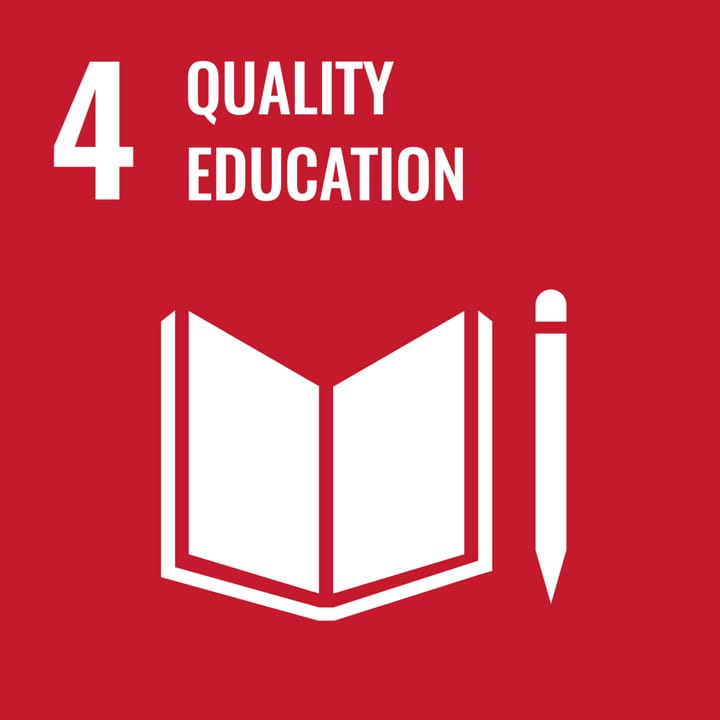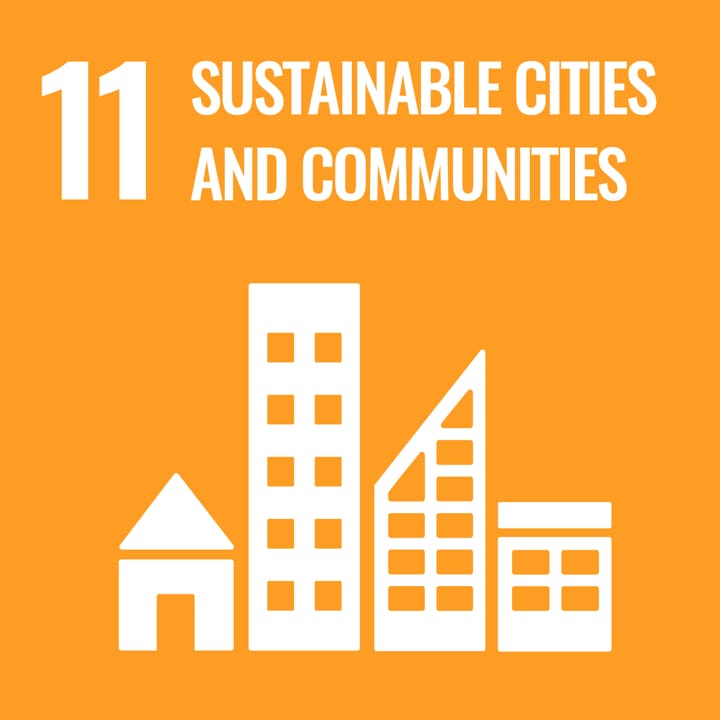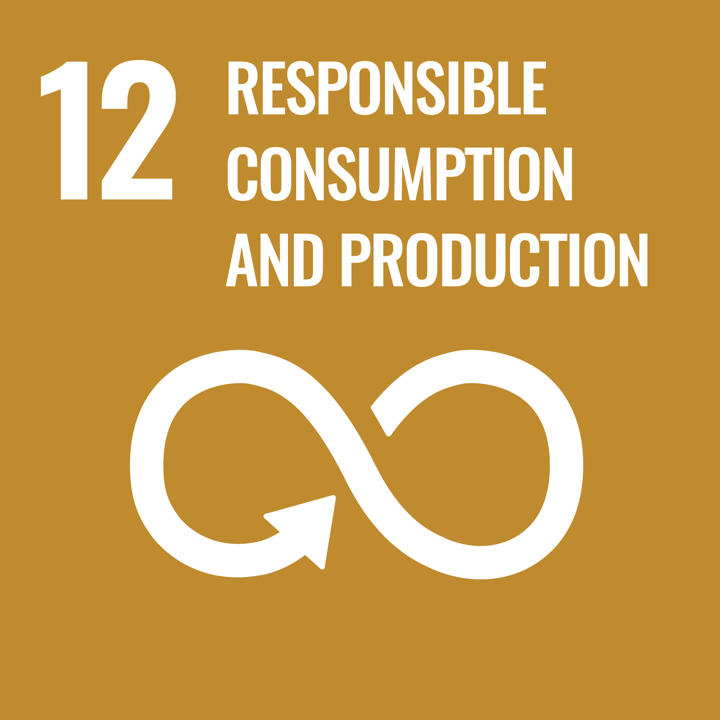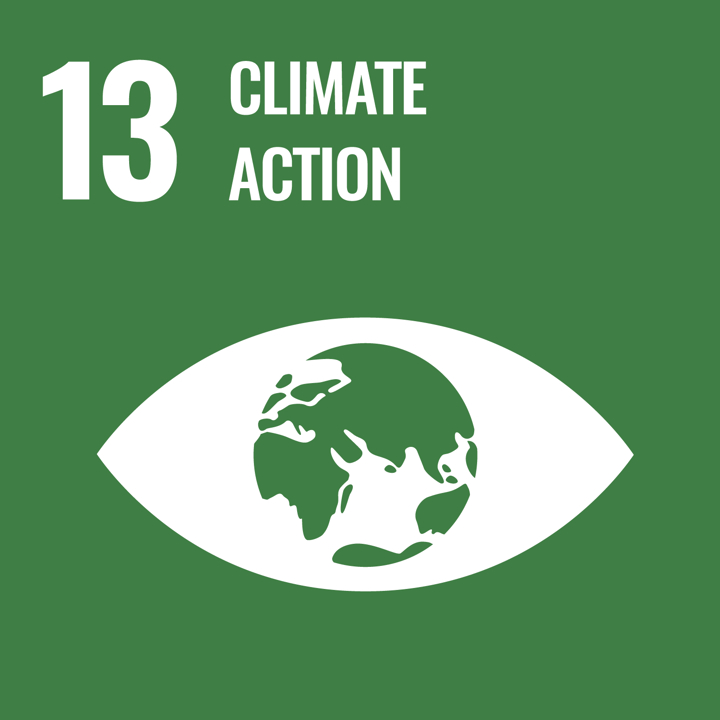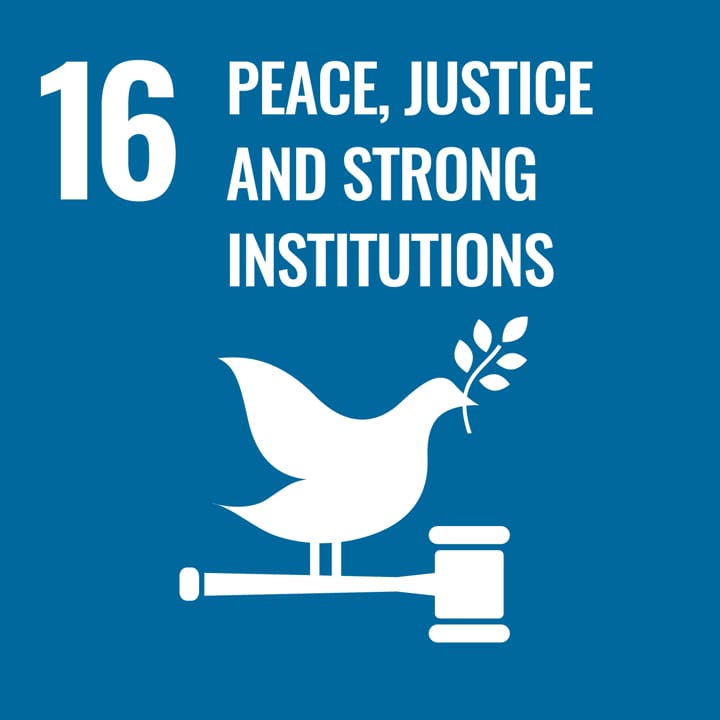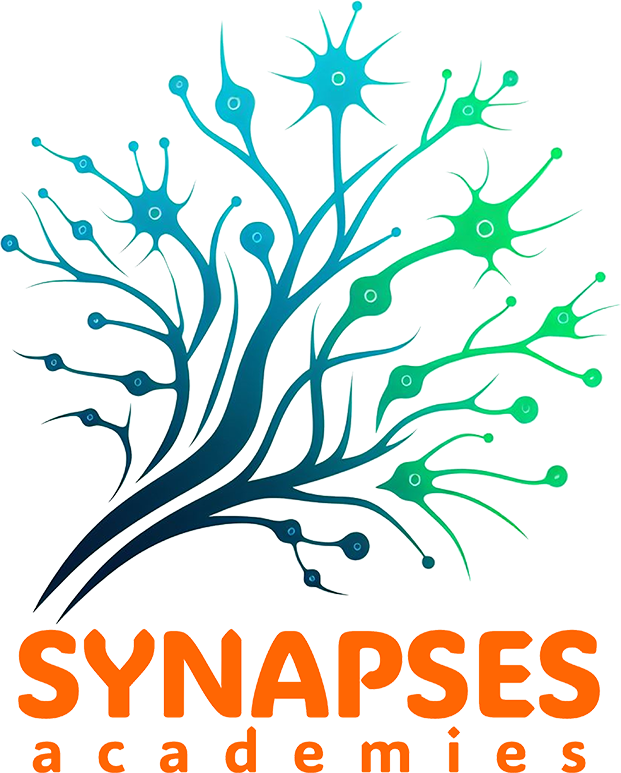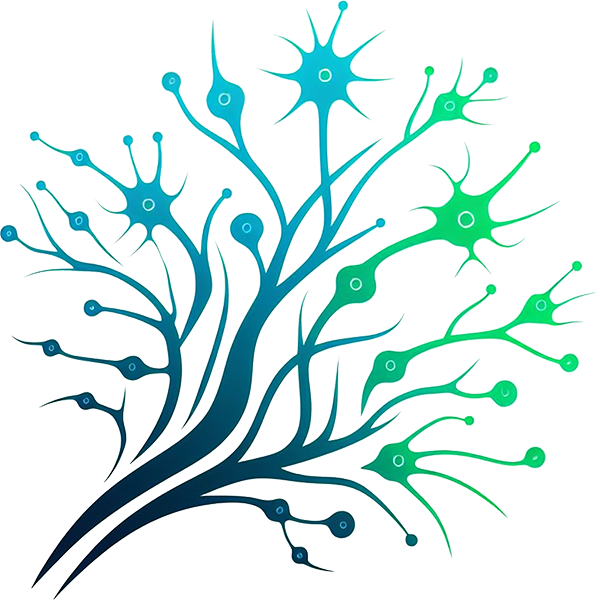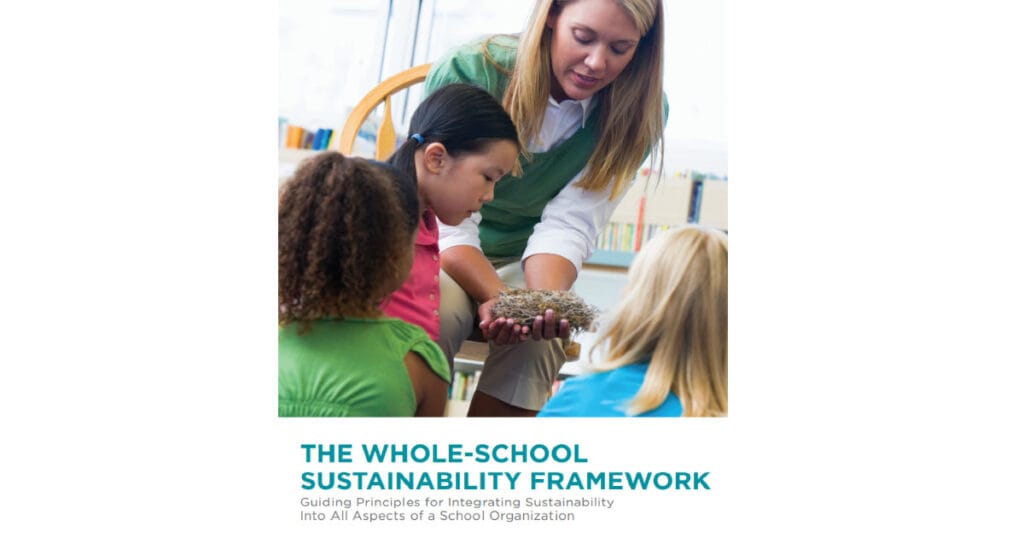
Vorgesehener Endnutzer: Teacher, School Leader, Teacher Educator
Altersgruppe: Untere Primarstufe; Obere Primarstufe; Untere Sekundarstufe; Obere Sekundarstufe
Lehrplan der Schule: Maths; Science; Social, Physical & Health Education; Social & Environment Science; Languages; Arts; Applied Science
Themen und Fragestellungen: Energy Use and Production; Behaviour & Lifestyle; Collective Action; Environmental Change; School Leadership
Dauer: Variable according to each school.
Art der Ressource: Leitlinien und Hinweise
Schlüsselwörter: Organisational Culture, Physical Place, and Educational Program
Sprachen: Englisch
Beschreibung
Die Ganzheitlicher Rahmen für Nachhaltigkeit in der Schule outlines three pillars—Organisational Culture, Physical Place, and Educational Program—that support sustainability in schools. It provides guiding principles, implementation examples, and strategies for educators and school leaders seeking to embed sustainability throughout all aspects of school life. It is a practical reference and strategic planning tool.
Wie Sie diese Ressource nutzen können
Educators and school leaders can use this guide to evaluate current school practices, plan sustainability goals, and implement long-term sustainability initiatives through teaching, leadership, and school culture change. The Whole-School Sustainability Framework can help educators and school leaders integrate sustainability into their school’s operations, culture, and curriculum. By using this framework, schools can assess current practices, set sustainability goals, and implement long-term initiatives that foster environmental stewardship, enhance human health, and promote ecological literacy among students.
Key Components of the Framework:
- Organisational Culture: Cultivating a shared vision and values that prioritise sustainability within the school’s community.
- Physical Place: Ensuring that the school’s infrastructure and operations minimise environmental impact and support sustainable practices.
- Educational Program: Integrating sustainability concepts into the curriculum to enhance students’ understanding and commitment to environmental responsibility.
Strategies for Implementation:
- Assessment Instruments: Use surveys and audits to evaluate the school’s current sustainability performance across various domains, including energy use, waste management, and curriculum integration.
- Action Planning Templates: Develop detailed plans that outline specific sustainability objectives, timelines, responsible parties, and required resources.
- Monitoring and Evaluation Tools: Implement systems to track progress toward sustainability goals, allowing for data-driven decision-making and continuous improvement.
- Curriculum Integration Guides: Access resources that provide strategies for embedding sustainability topics into existing subjects, fostering interdisciplinary learning and real-world application.
- Stakeholder Engagement Frameworks: Engage students, staff, parents, and the wider community
Die Ressourcen
Ganzheitlicher Rahmen für Nachhaltigkeit in der Schule PDF:
Lernergebnisse (Lehrkräfte)
- Anwendung einer Reihe von geeigneten Instrumenten und Rahmenwerken zur Förderung des bürgerschaftlichen Engagements von Studierenden im Bereich Nachhaltigkeit
- Reflektieren Sie die Praxis und untersuchen Sie die nationalen Lehrpläne, um Möglichkeiten zur Förderung der nachhaltigen Bürgerschaft auf interdisziplinäre Weise zu identifizieren und mit externen Interessengruppen in Kontakt zu treten.
- das Wissen, die Instrumente und den Rahmen gemeinsam zu synthetisieren, um Bildungsmaterialien und Unterrichtspläne zu erstellen, die an ihren eigenen lokalen Kontext angepasst sind
Lernergebnisse (Leiterschaft)
- eine Reihe von geeigneten Instrumenten und Rahmenwerken zur Förderung des bürgerschaftlichen Engagements für Nachhaltigkeit in ihren Schulen und Gemeinden anzuwenden.
- ihre eigenen nationalen/regionalen Lehrpläne, Bildungspolitiken, Programme und externen Stakeholder zu untersuchen, um Möglichkeiten zur Förderung von Sustainability Citizenship in ihren Schulen und Gemeinden zu identifizieren.
- Gemeinsam Wissen, Instrumente und Rahmenbedingungen zusammenführen, um eine Vision für die Schaffung eines Schulumfelds zu entwickeln, das die Entwicklung einer nachhaltigen Bürgerschaft in ihrer Gemeinschaft unterstützt.
Grüne Kompetenzen
- Nachhaltige Werte verkörpern: Wertschätzung der Nachhaltigkeit; Unterstützung der Fairness; Förderung der Natur
- Komplexität in der Nachhaltigkeit berücksichtigen: Systemorientiertes Denken
- Visionen für eine nachhaltige Zukunft: Forschendes Denken
- Handeln für Nachhaltigkeit: Kollektives Handeln
Creative Commons
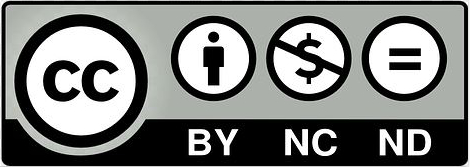
SDGs
